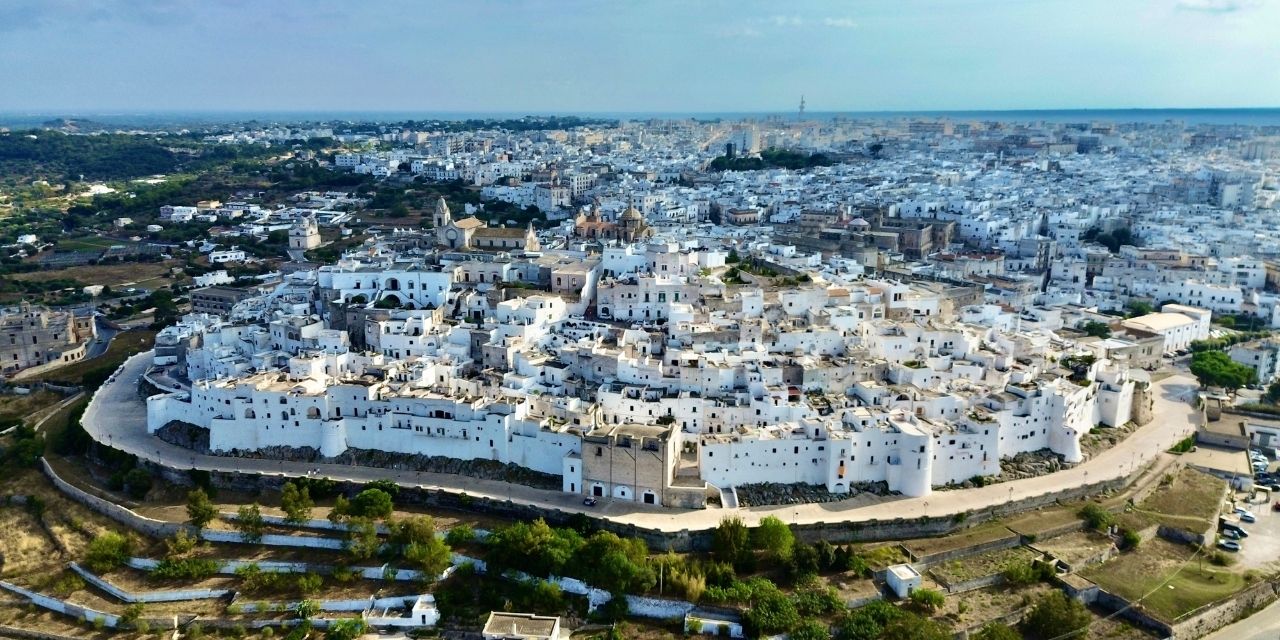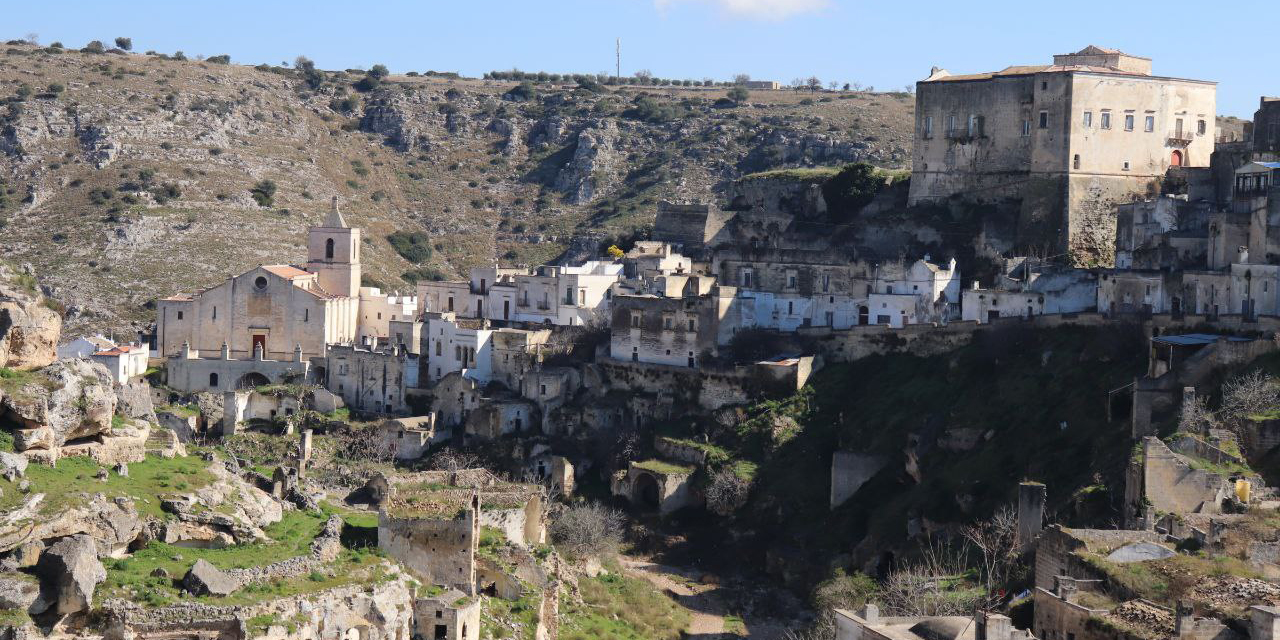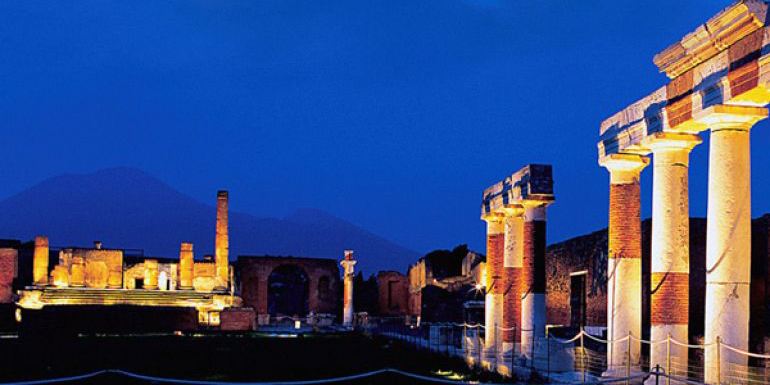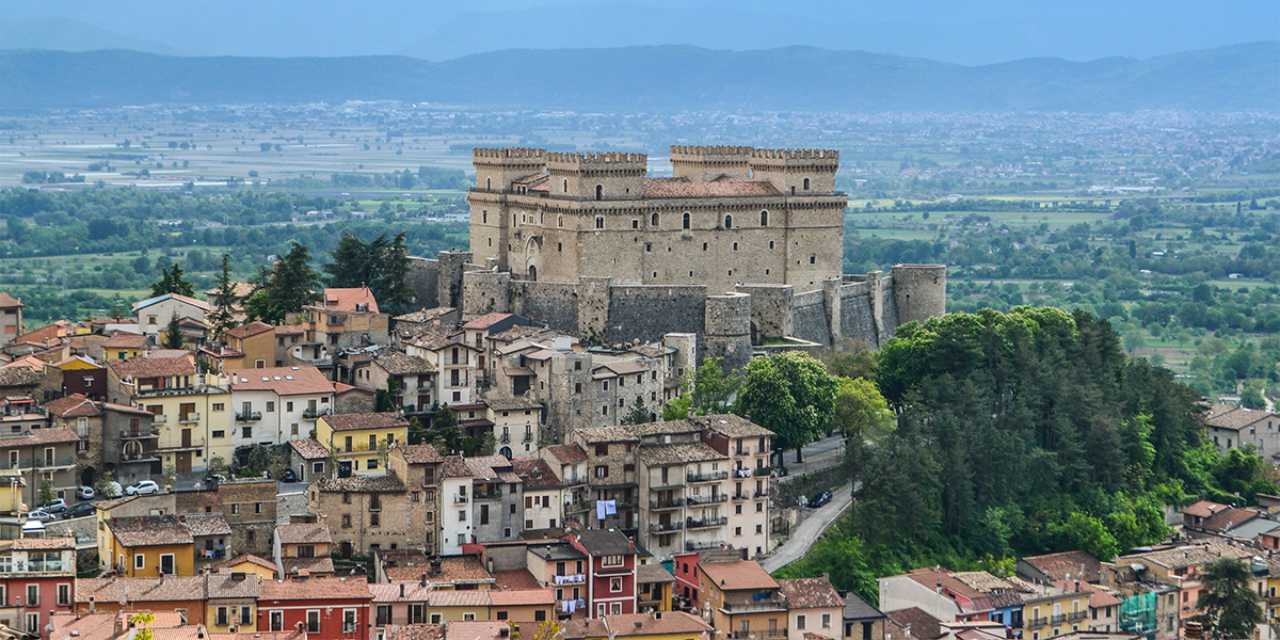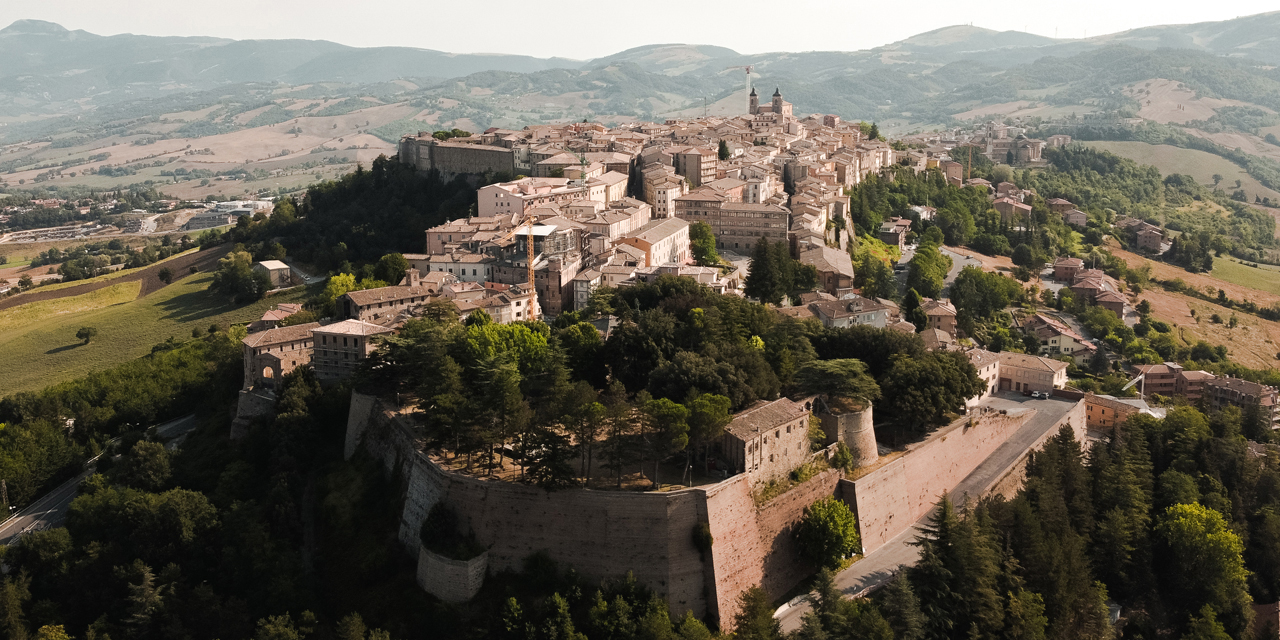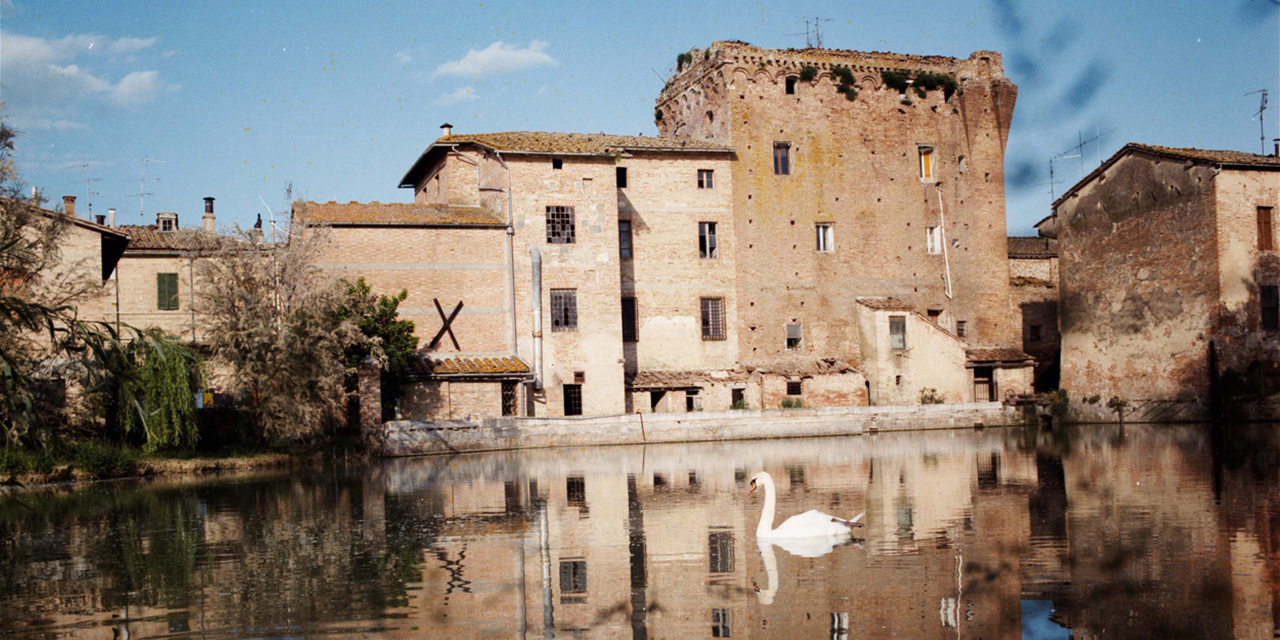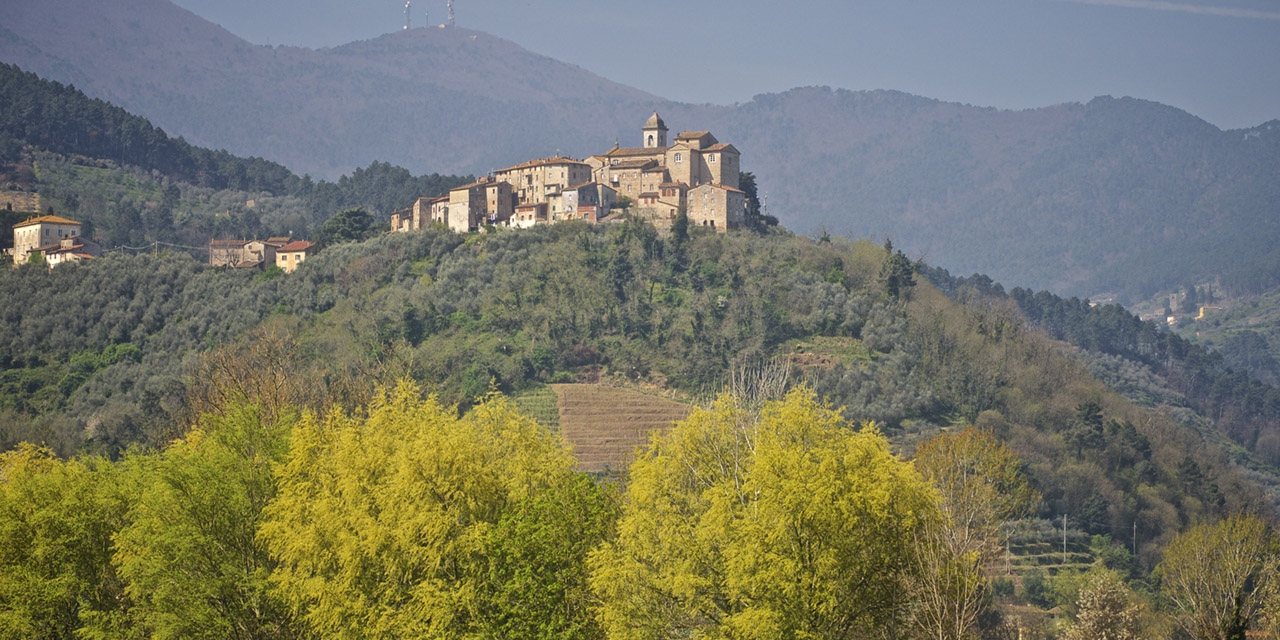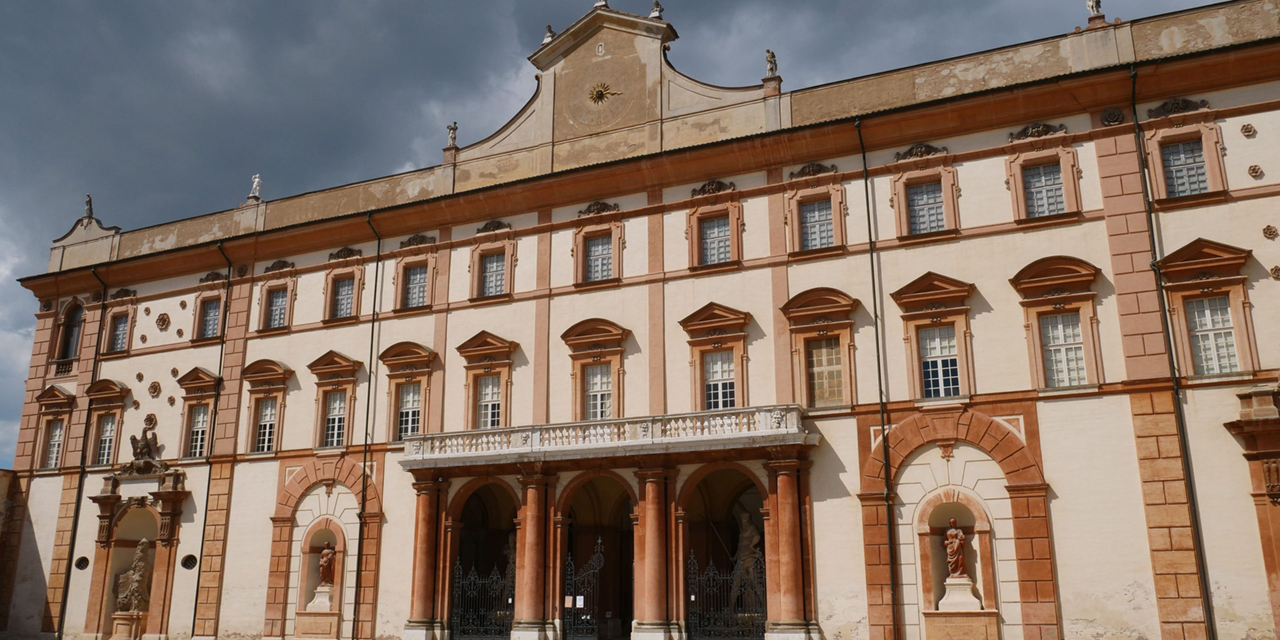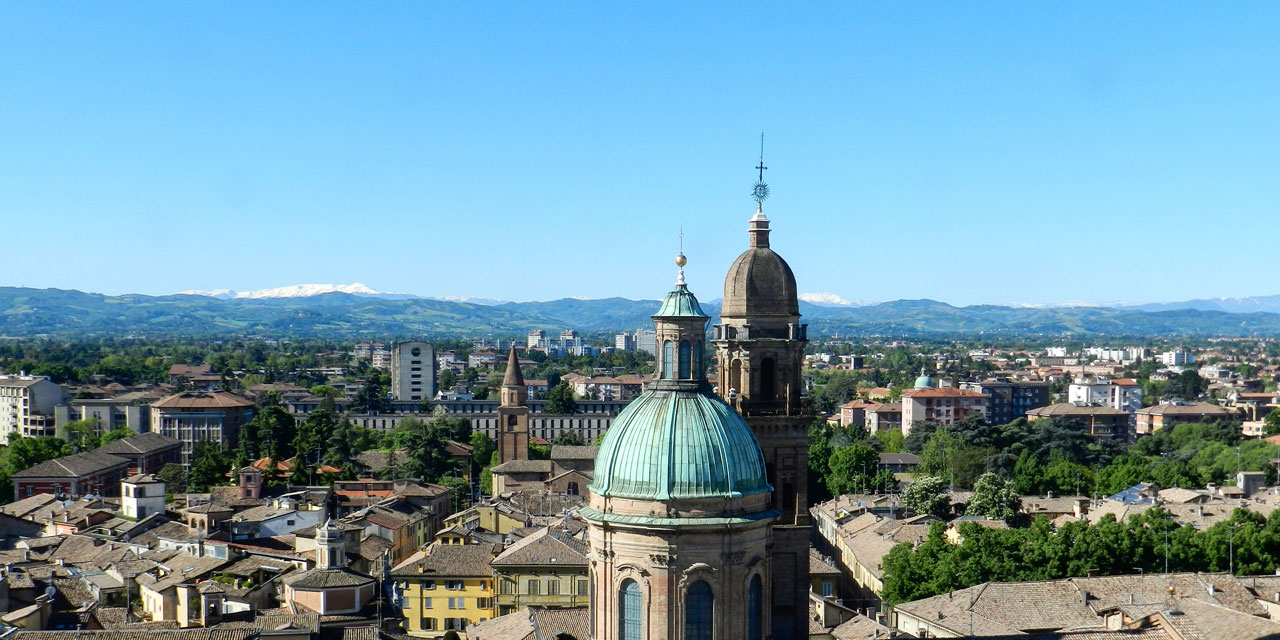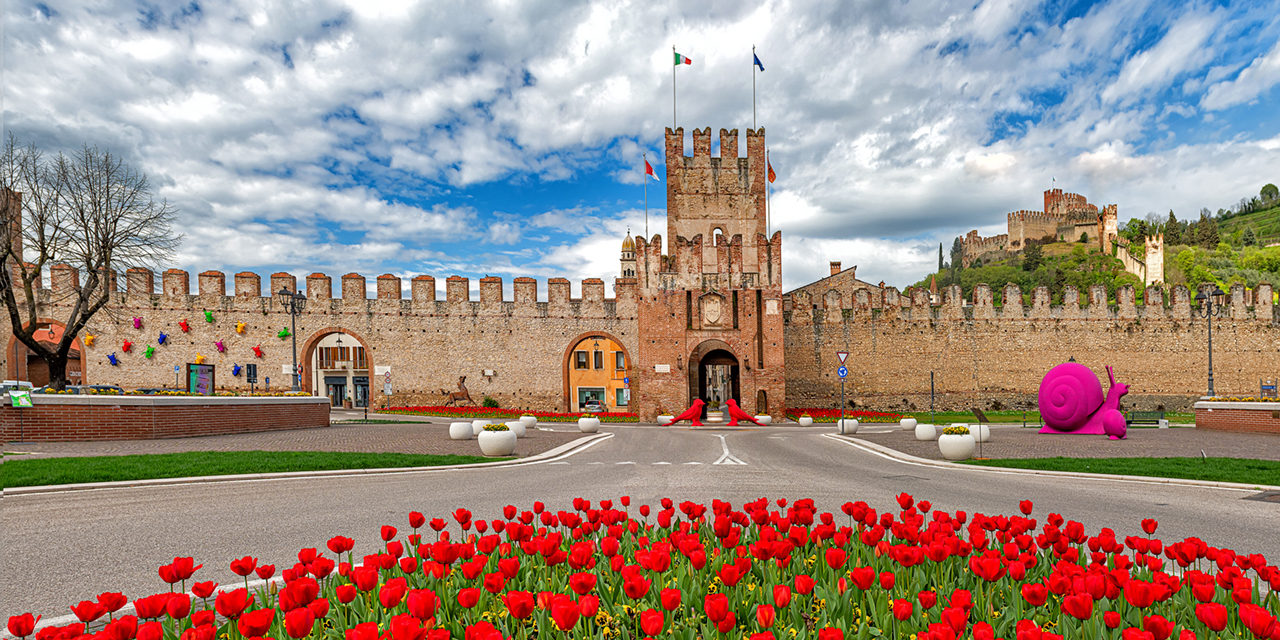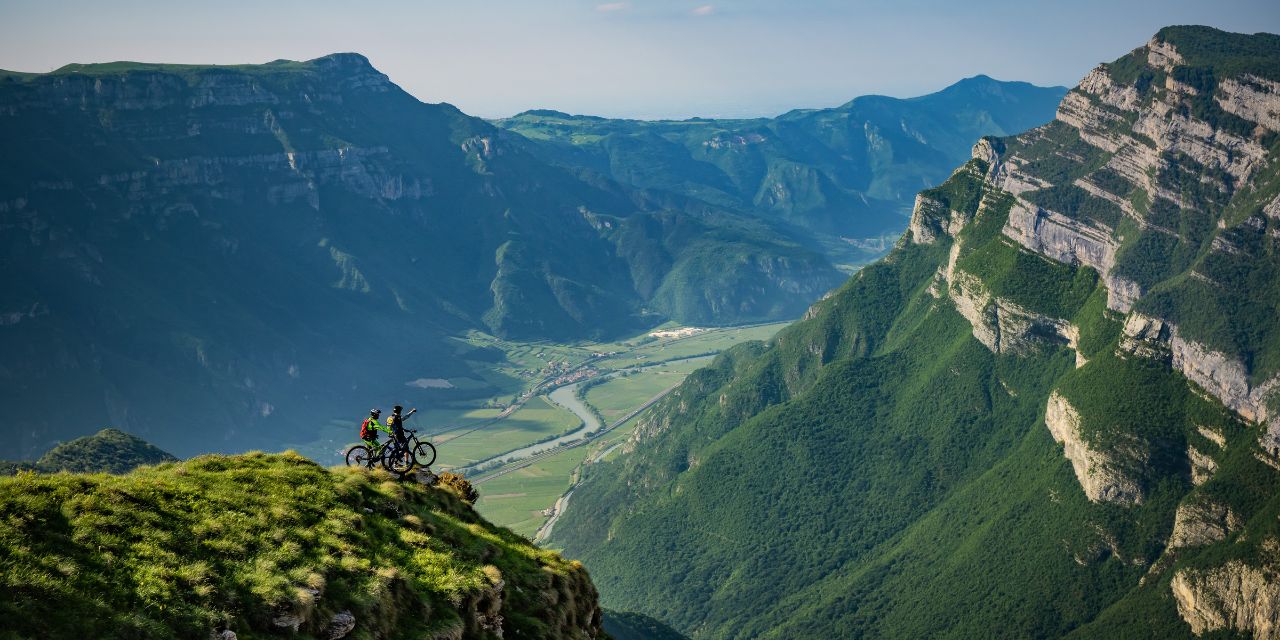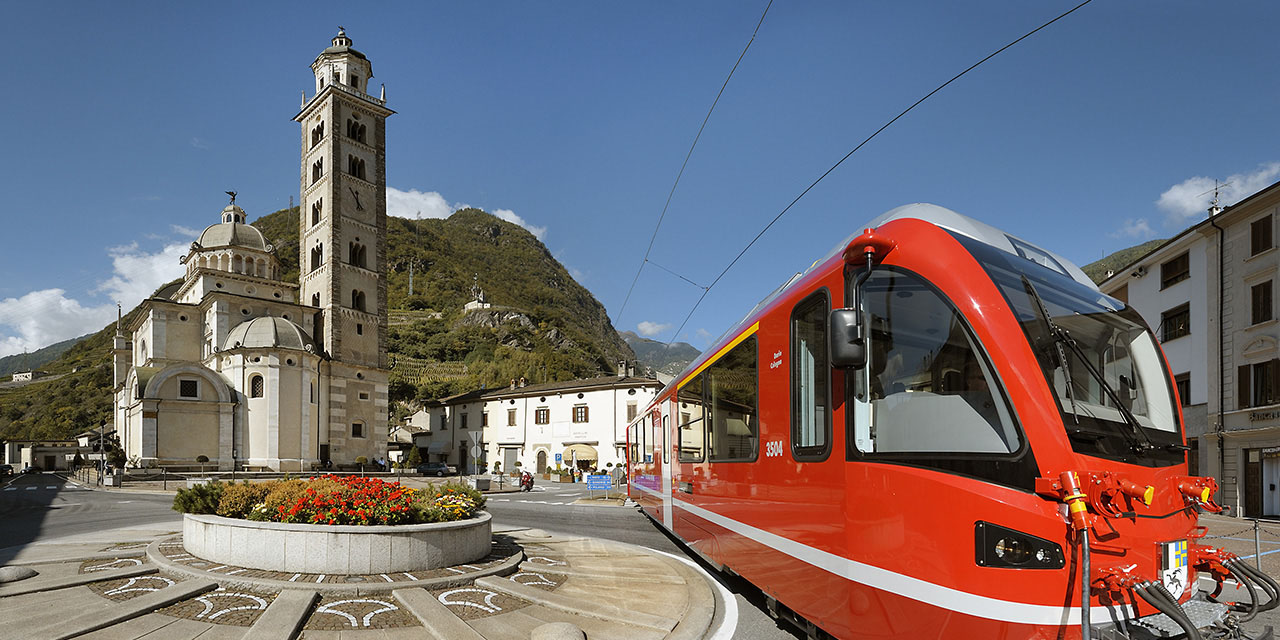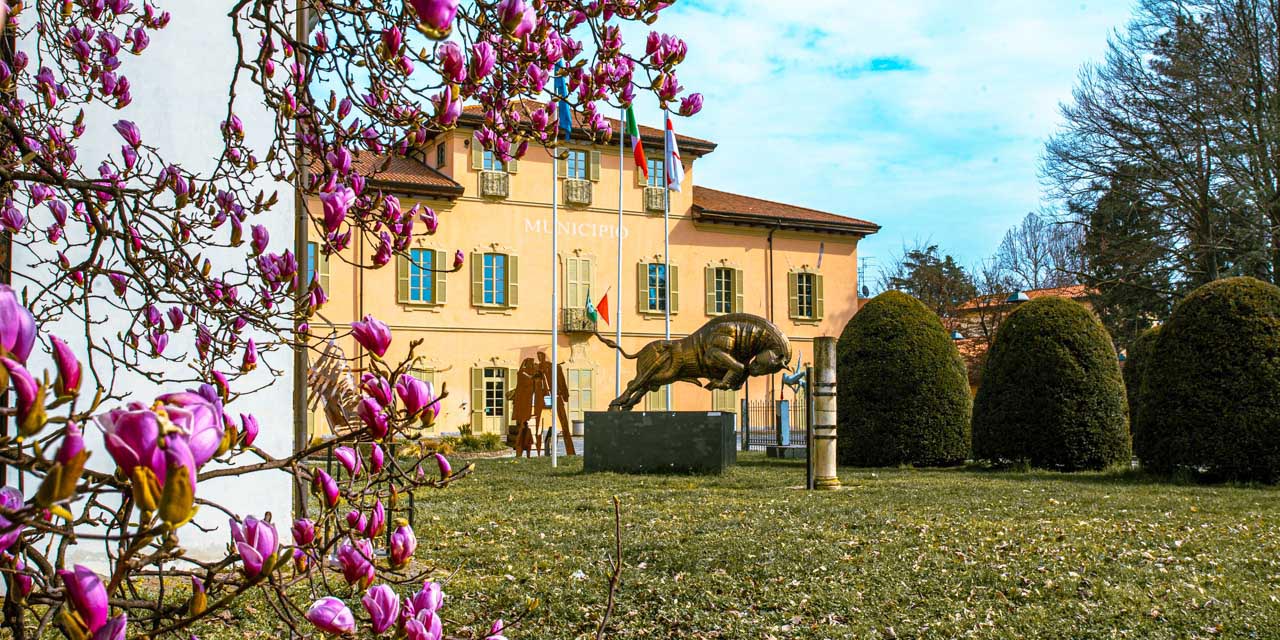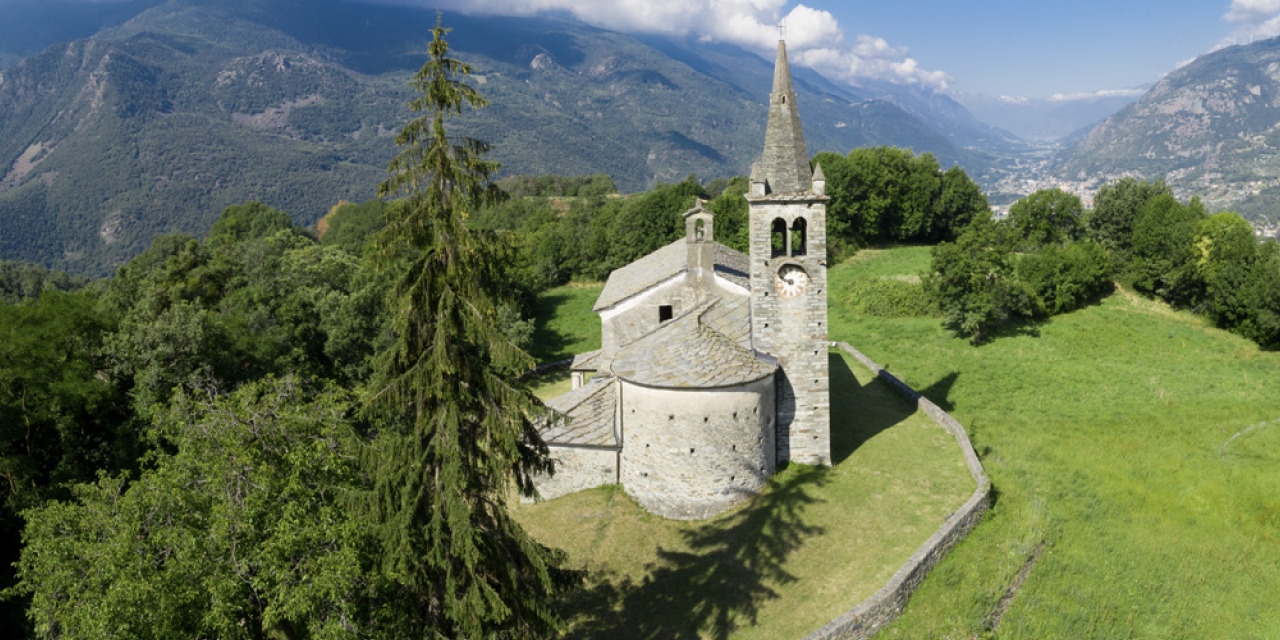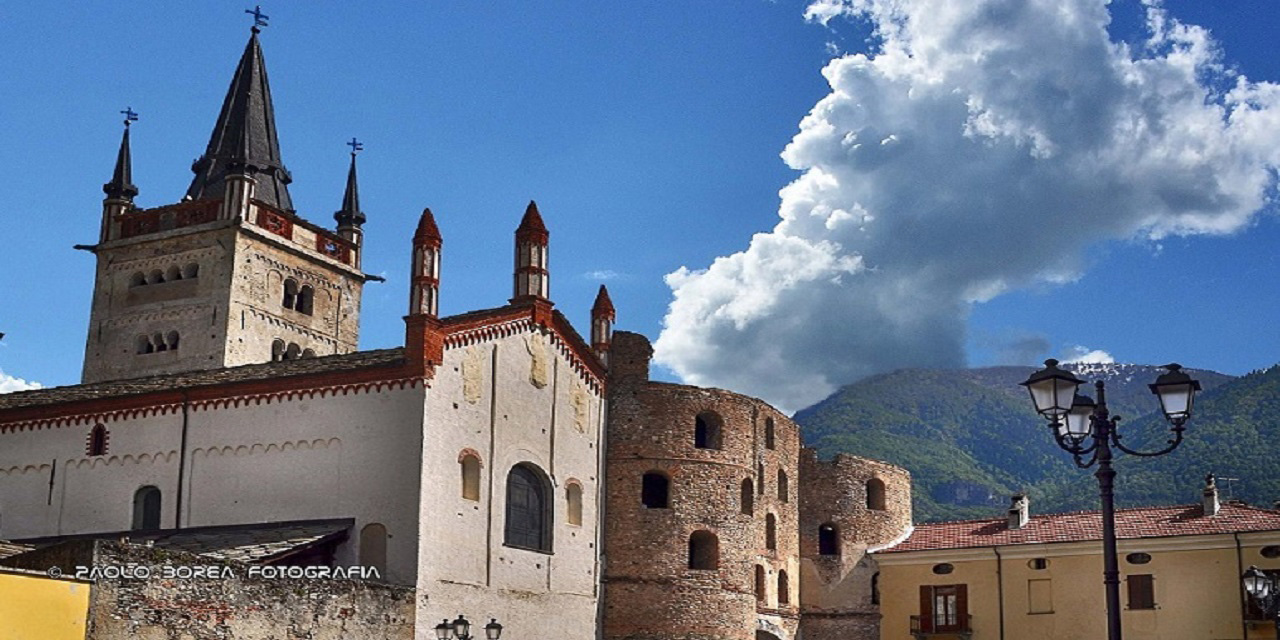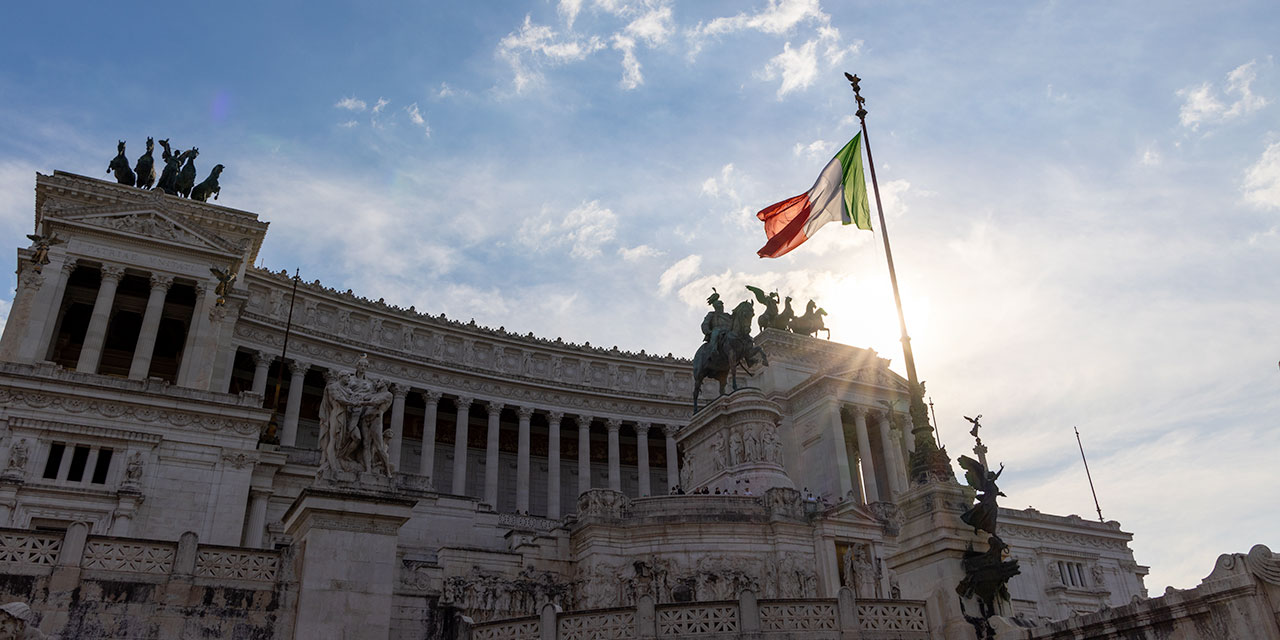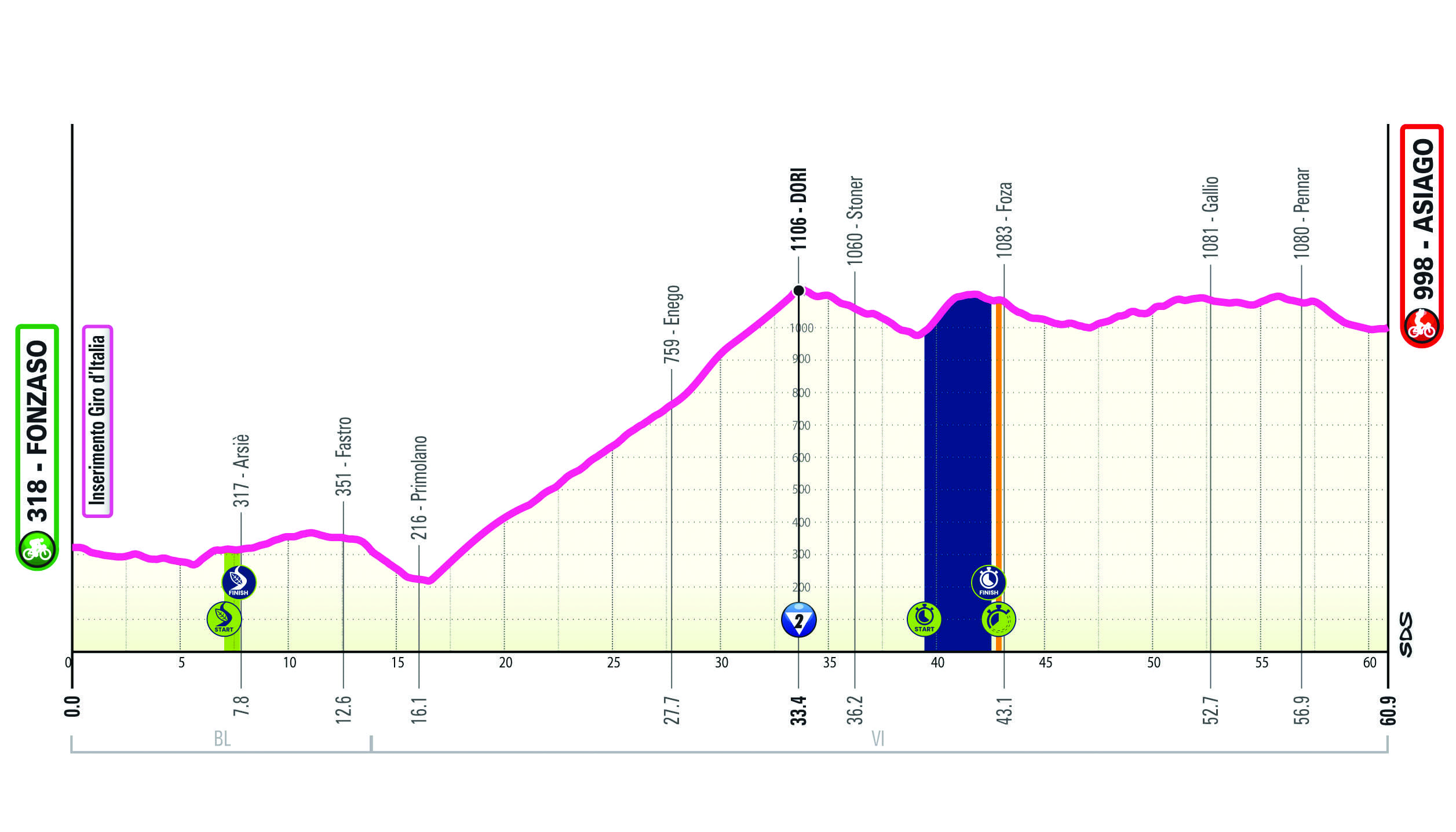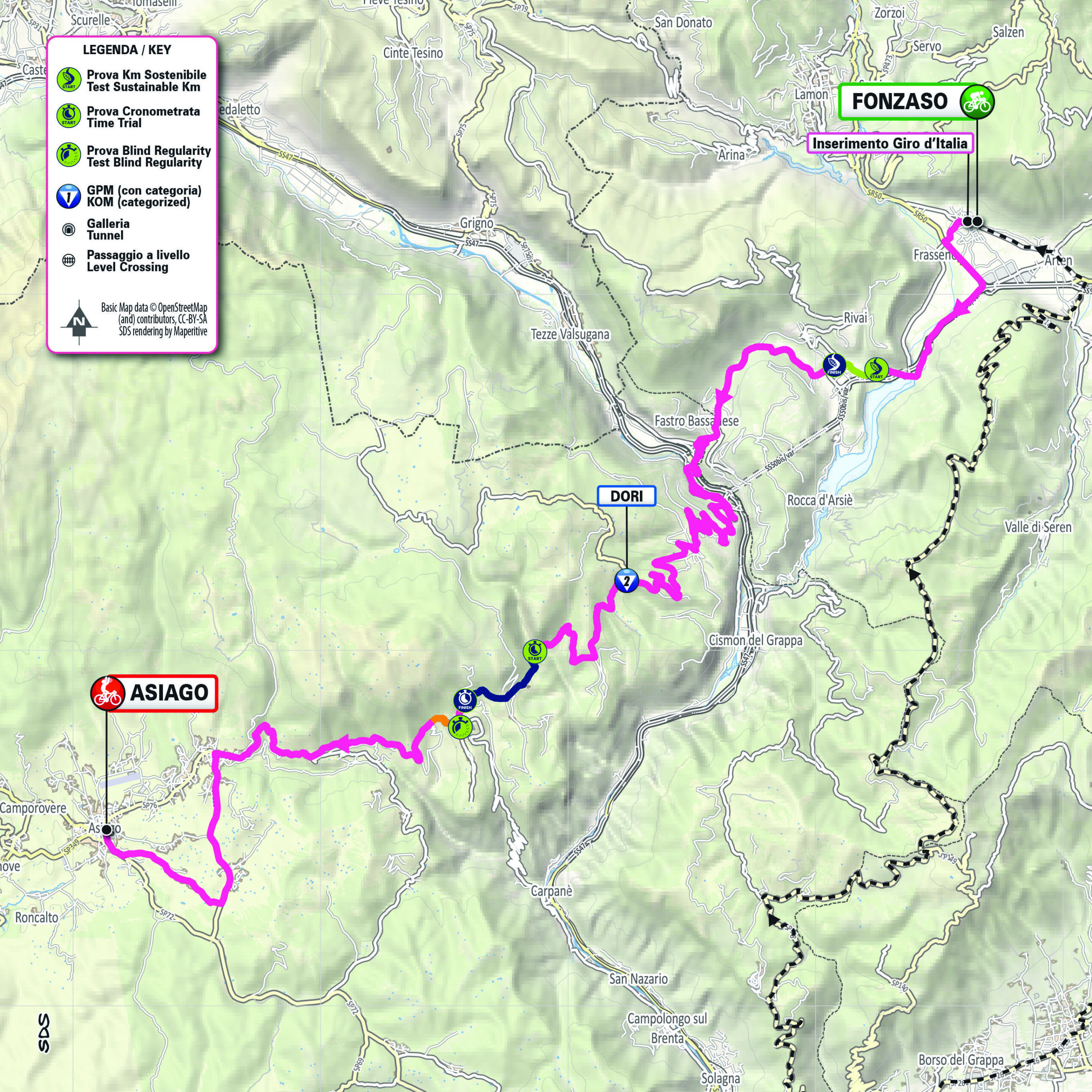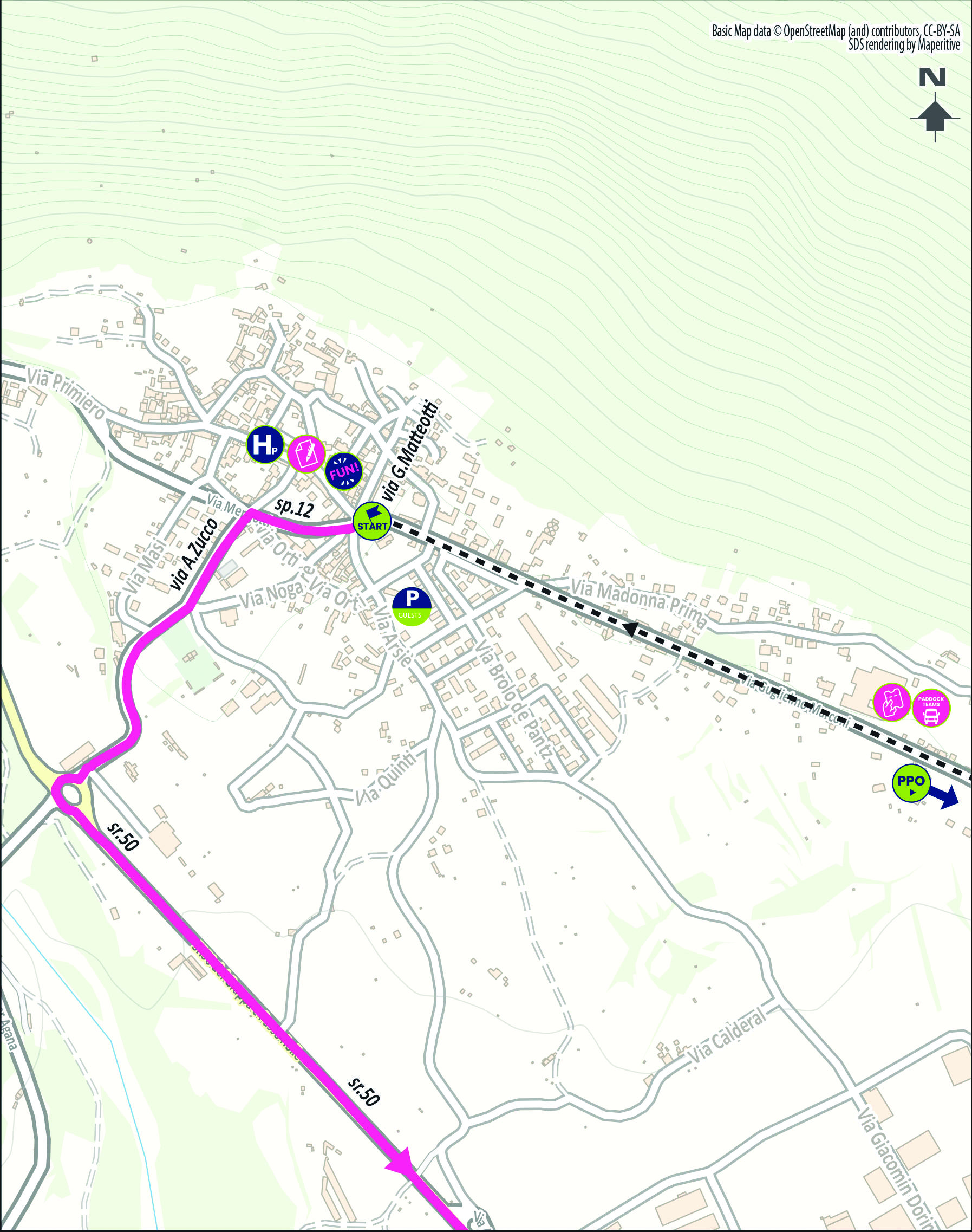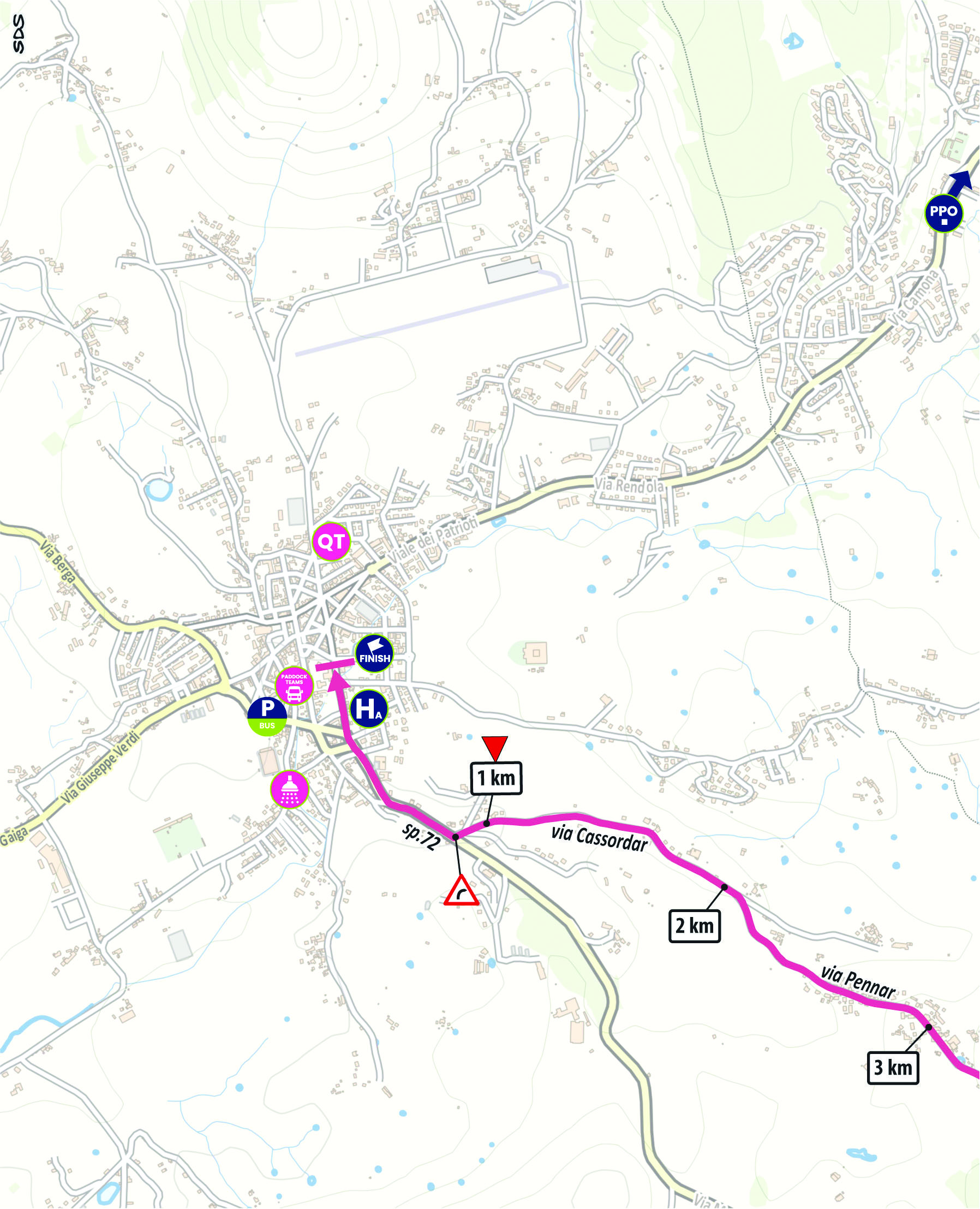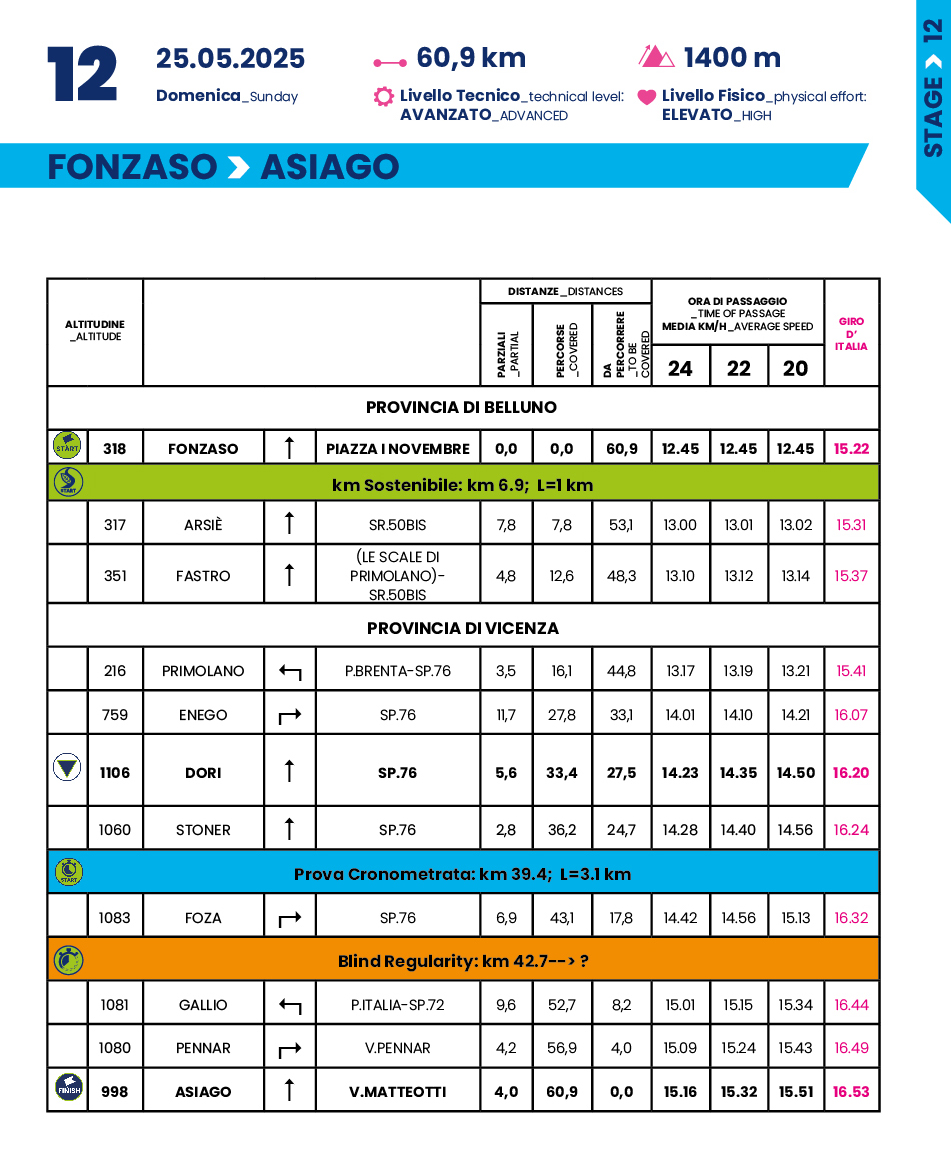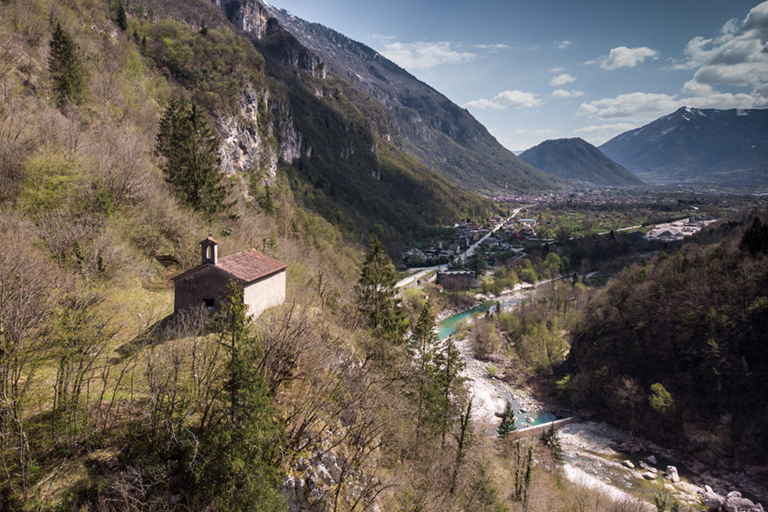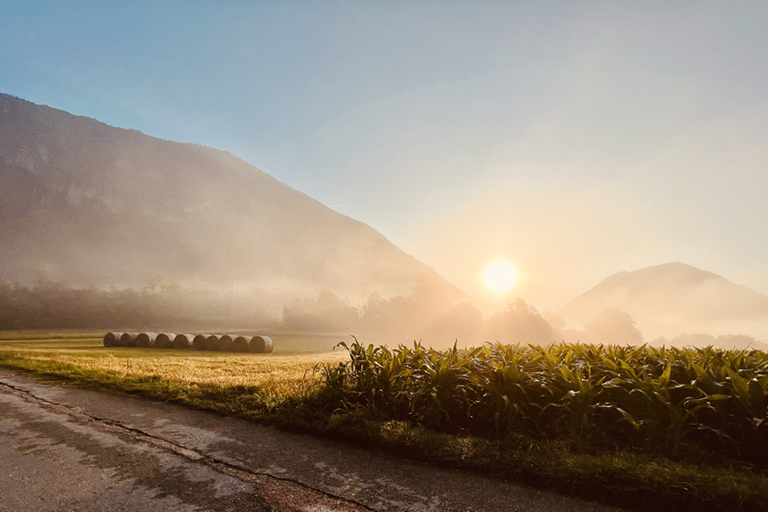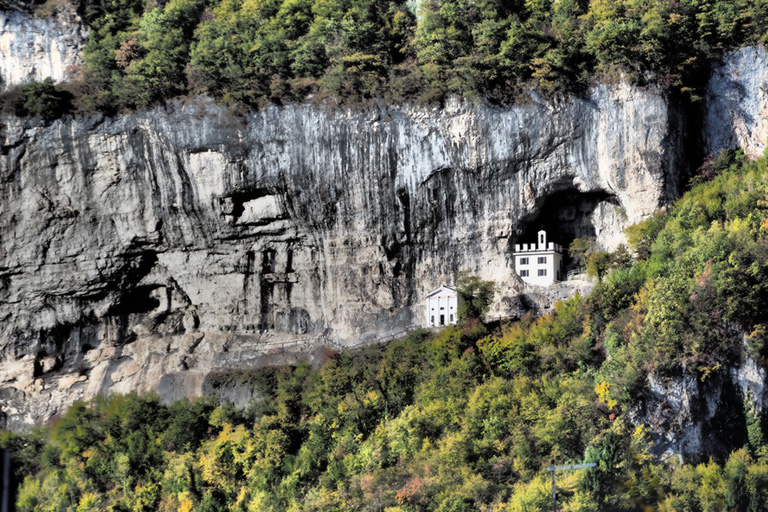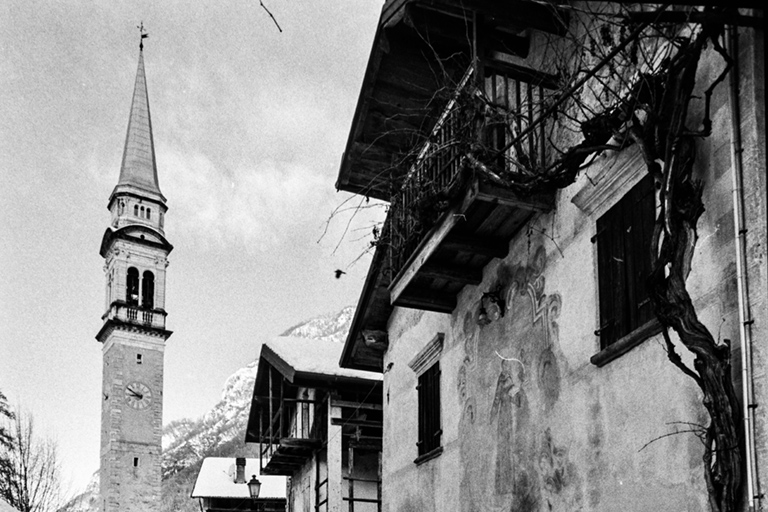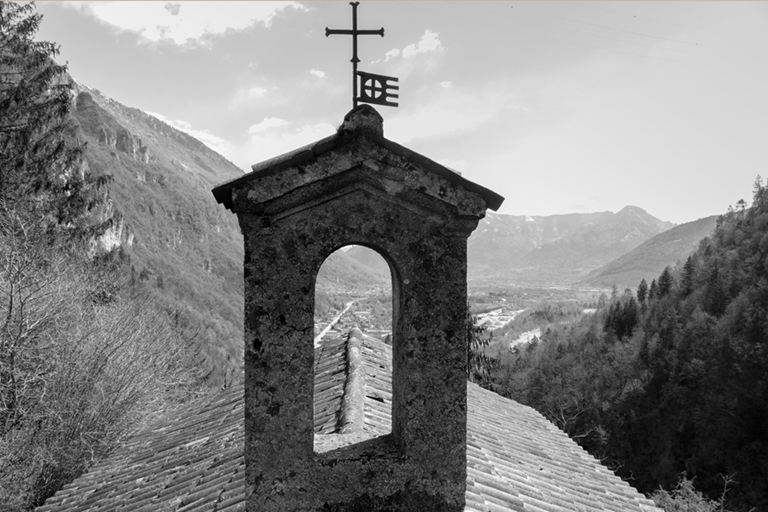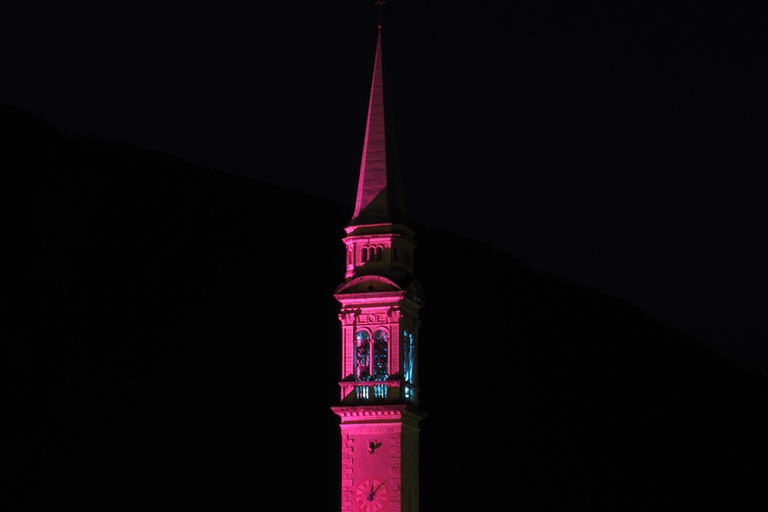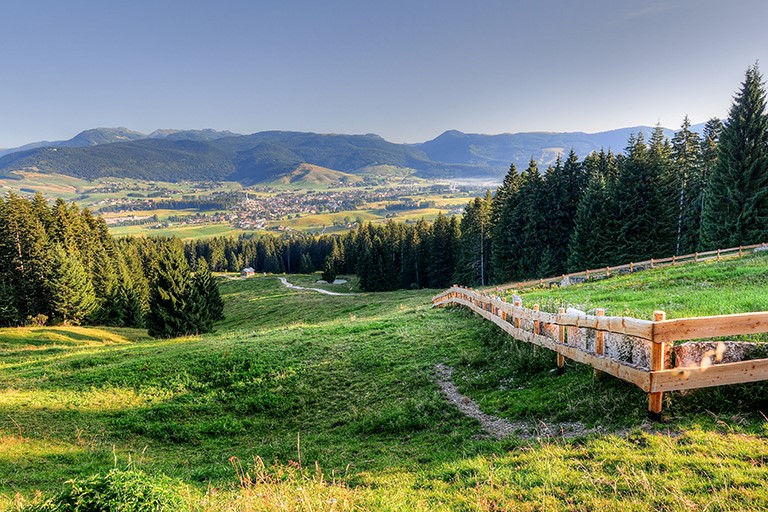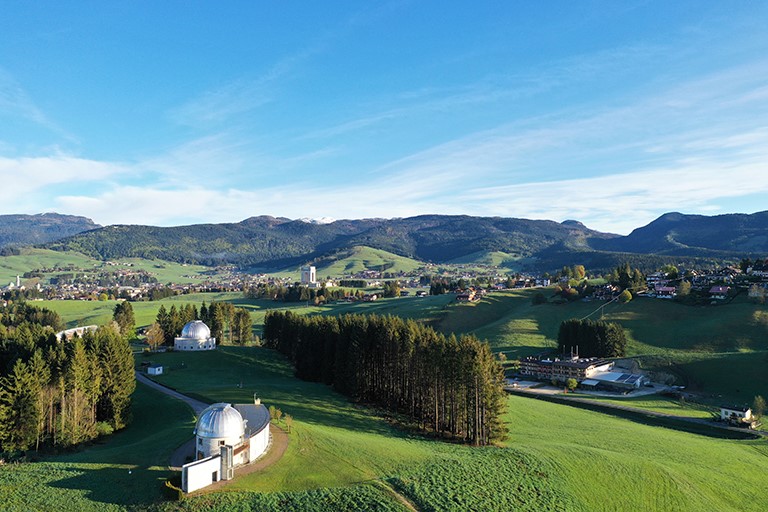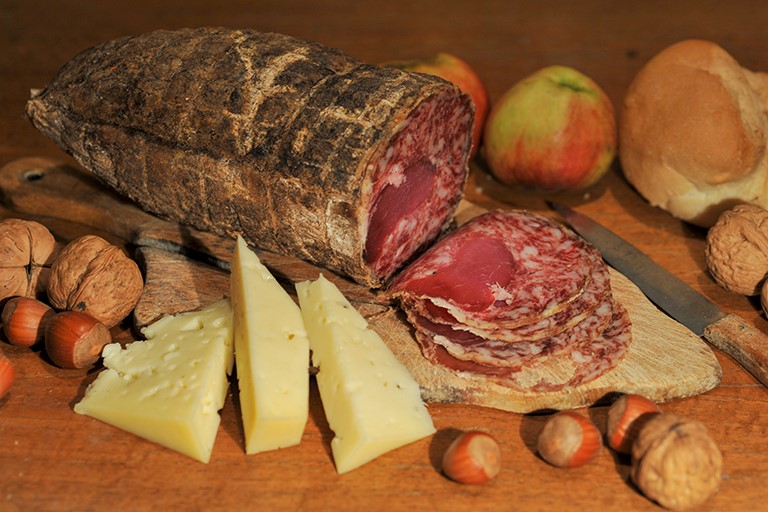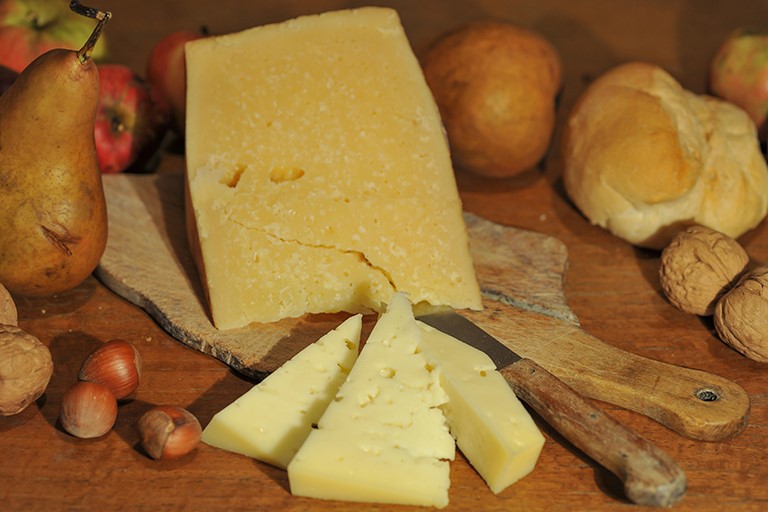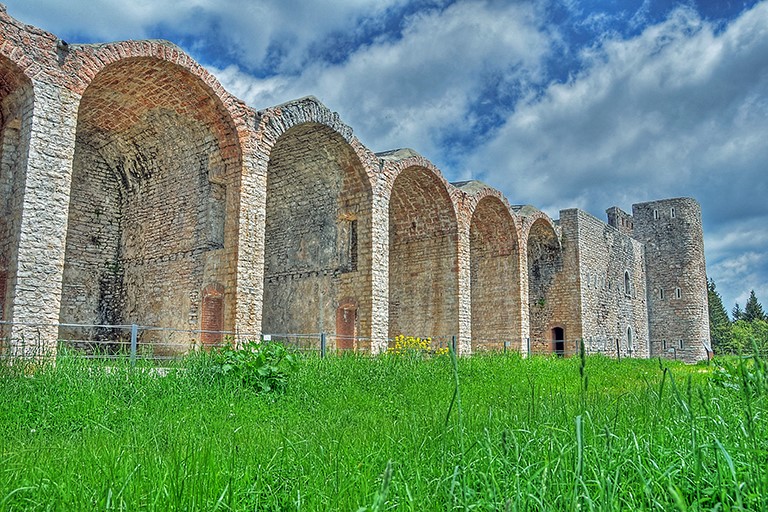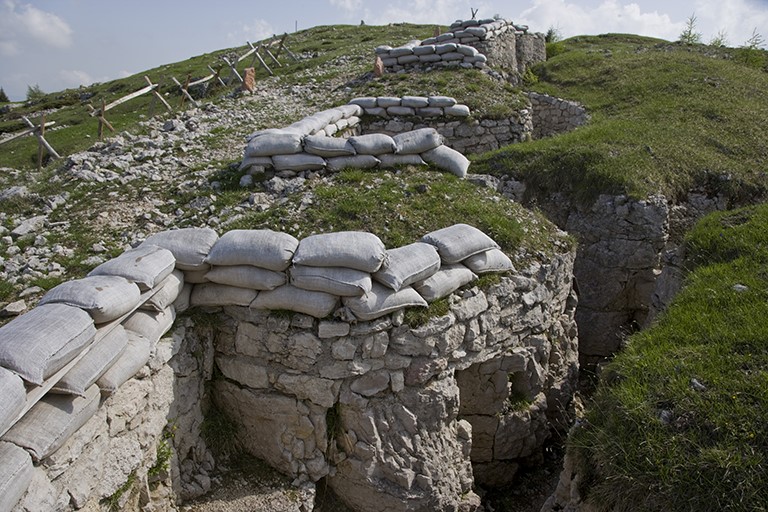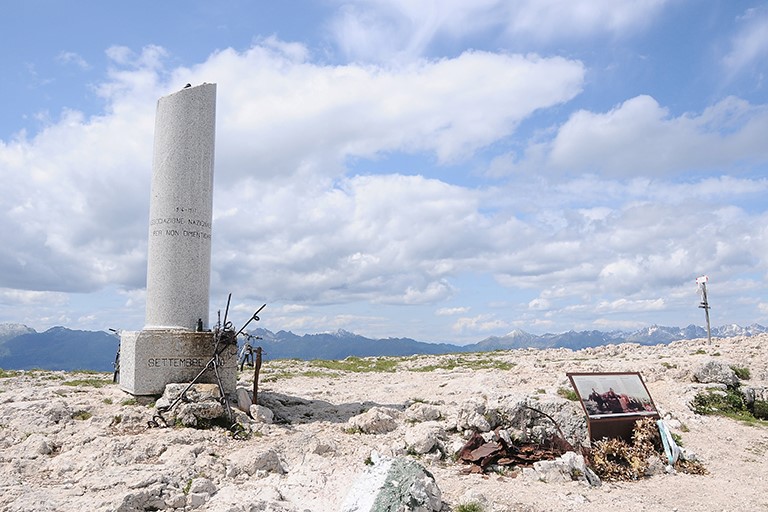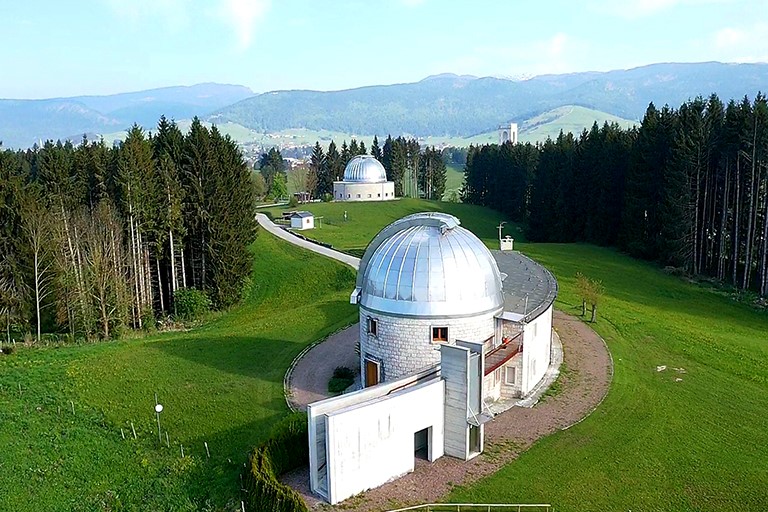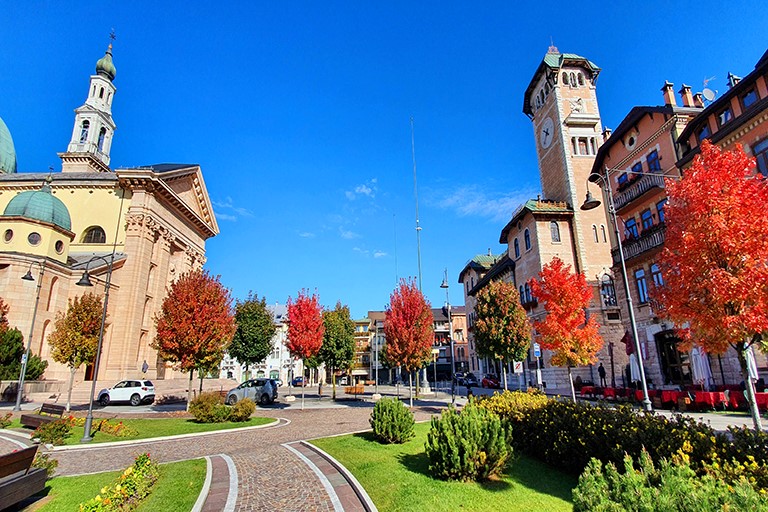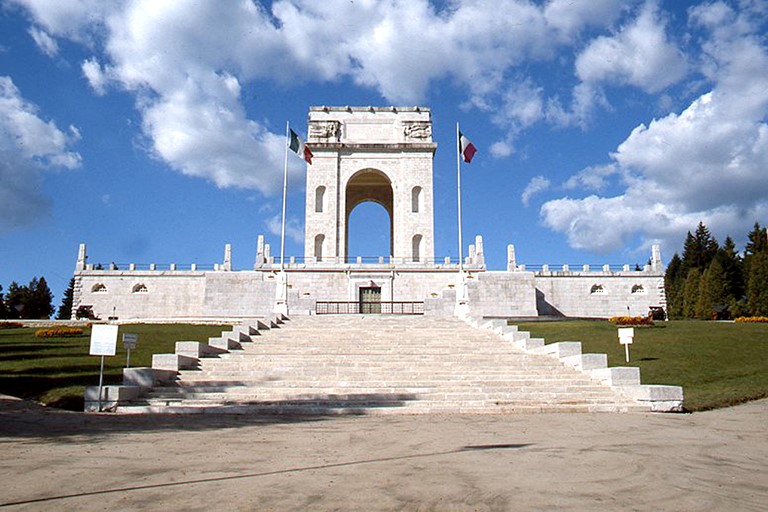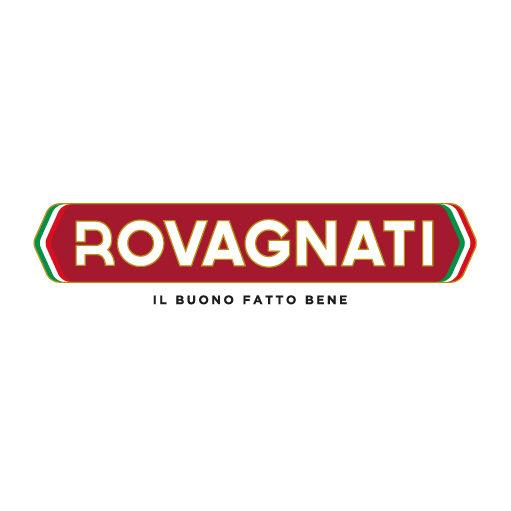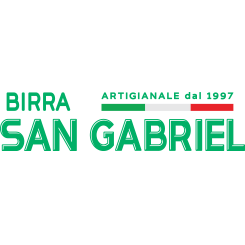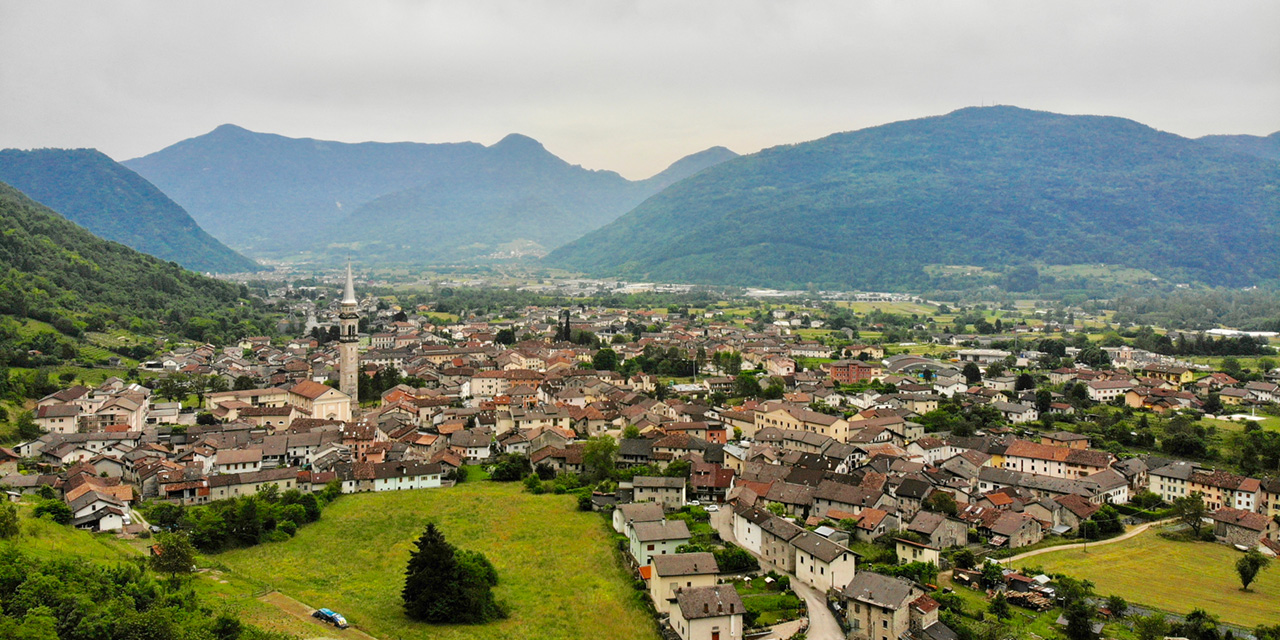
Stage
12
Sunday 25
May 2025
60,9 km
Altitude gain 1400 mt
Technical Level: Advanced
Physical Effort: Elevato

Fonzaso -
Asiago
Fonzaso - Asiago
tourist info
Host city:
Fonzaso
Overview
Strategically located between Bassano del Grappa, Feltre and the Primiero Valley, Fonzaso (329 m a.s.l.) is a small municipality in the Province of Belluno, nestled in the Cismon Valley and surrounded by the Avena, Aurin, Roncòn and Vallorca mountains. Its origins date back to Roman times, thanks to its proximity to Feltre and the passage of the Via Paolina, a military artery connected to the Via Claudia Augusta Altinate. In the Middle Ages it shared the vicissitudes of Feltre until it became part of the Republic of Venice in 1404, a period in which the famous tradition of the Maestri Spadai di Fonzaso was born. Between the seventeenth and eighteenth centuries it experienced a phase of prosperity, favored by the fertility of its lands and the flow of timber on the Cismon stream. Today Fonzaso offers a rich cultural and historical heritage, including villas, churches and archaeological sites, as well as a strong vocation for sustainable mobility and artistic enhancement of the area.
Gastronomy
Fonzaso boasts a gastronomic tradition linked to local products. One of the symbolic foods is Fagiolo Bonèl de Fonzaso, cultivated since the early 1900s and known for its delicate flavor, high digestibility and versatility in cooking. This legume, available both fresh and dried, is perfect for soups, velvety soups and salads. It is currently marketed only by small local producers and the Associazione Tutela Fagiolo Bonèl di Fonzaso. Another unmissable event for food lovers is the Grape Festival, held between September and October. During the event, among the streets of the center and the courtyards open for the occasion, adults and children can rediscover ancient crafts and taste typical local products. The festival also includes food and wine tours, in which local delicacies can be tasted.
Wine and beverage
Among the typical beverages of Fonzaso, the local grappas and wines stand out. In particular, Podere Castello Aurin’s Prosecco Doc Brut received first prize in the “EnoConegliano” wine competition, a recognition that confirms its quality and prestige. During the Grape Festival, visitors have the opportunity to taste this and other local wines in a convivial atmosphere enriched by musical and folkloric events. Handcrafted grappas, produced according to ancient traditions, are another feather in the territory’s cap and are offered in different variants, often flavored with alpine herbs gathered around Fonzaso.
Points of interest
Fonzaso offers numerous places of historical and cultural interest. Notable among these are the many villas, including Villa Tonello in Arten and Villa De Pantz in Fonzaso. Of great religious significance are the Oratory of the Madonna delle Grazie, known as the “Scoletta,” with fine frescoes and stucco work, and the Hermitage of San Michele, a complex carved into the rock of Mount Avena, which includes a church and the “house of the fire watchman.” The latter played a key role in fire prevention, since many dwellings were once built of wood. Another site of special interest is the small Church of Santa Giustina, located in the Pedesalto Gorge, with a breathtaking view of the Cismon Valley. For lovers of ancient history, the locality Campòn d’Avena preserves artifacts that testify to human presence since the Paleolithic period. Fonzaso also stands out for its focus on sustainability, with the BARCH-ART project, funded by the Cariverona Foundation. This program has transformed ancient rural structures called “Barch” into art installations through the work of artist Ivan Tresoldi, contributing to the cultural enhancement of the area. In addition, the city has developed a bicycle and pedestrian pathway that promotes sustainable tourism and connection with other art entities such as Arte Sella.
Asiago
Overview
Nestled in the heart of the Asiago Plateau, this alpine town is famous for its high-quality dairy products, particularly the renowned Asiago cheese. The area offers breathtaking mountain landscapes, excellent hiking trails, and a rich history linked to World War I. Asiago is the perfect destination for nature lovers and history enthusiasts alike.
Gastronomy
The Asiago Plateau is a land where nature meets dairy tradition, producing unique and unforgettable flavors. Among the region’s delicacies, cheeses stand out as the guardians of ancient knowledge and an unbreakable bond with the environment.
Asiago DOP, the king of the table, comes in two versions that tell the story of this cheese: Asiago Pressato, young and delicate, perfect for those who love fresh and light flavors, and Asiago d’Allevo, aged and intense, for those seeking a more robust and enveloping taste.
Asiago d’Allevo is further divided into three varieties, each reflecting its aging process: Mezzano, with a balanced maturation; Vecchio, with a more pronounced character; and Stravecchio, a true treasure for connoisseurs, featuring a firm texture and a strong, persistent flavor.
Beyond Asiago cheese, the summer pastures (malghe) come to life, producing unique cheeses that embody the region’s free-range grazing and artisanal craftsmanship. These malga cheeses, rich and authentic, represent an invaluable dairy heritage that deserves recognition.
Ricotta, a fresh and delicate product, is also an essential part of the region’s gastronomy. Made from the milk of cows grazing in mountain pastures, Asiago ricotta is a fragrant and flavorful delight, perfect for enhancing pasta dishes, desserts, and side dishes.
But the plateau offers more than just cheese. Local specialties include Rotzo potatoes, Rubbio celery, Conco dandelion, mountain honey, and cured meats, creating a culinary experience that is truly unique and unforgettable.
Wine and beverage
The wild herbs of the Asiago Plateau, with their intense aromas and beneficial properties, form the base of unique distillates that capture the essence of the mountains.
Among the most famous is Kranebet, a dry liqueur made from distilled juniper berries and alpine herbs, following a recipe dating back to 1924. Perfect as a digestif, it can be enjoyed neat, over ice, or in cocktails.
Amaro Asiago is a classic digestif born from years of herbal expertise, made by infusing mountain roots and herbs. With its intense, enveloping aroma and a rich herbal and spicy bouquet, it delivers a deep and slightly bitter taste.
A special mention goes to the Rossi d’Asiago distillery, a true institution in the field. Established in 1868 by pharmacist Giovanni Battista Rossi, who initially gained fame with an elixir made from cinchona calisaya, the distillery pioneered the production of local spirits. Today, Rossi d’Asiago continues to craft high-quality liqueurs and distillates, respecting tradition while embracing innovation.
Points of interest
The poet Gabriele D’Annunzio famously described Asiago as “the smallest and brightest city in Italy,” a phrase that remains relevant today. Asiago is the main town of Italy’s largest plateau, a vast green basin surrounded by peaks reaching 2,350 meters, and includes the Sette Comuni (Seven Towns): Conco, Enego, Foza, Gallio, Lusiana, Roana, and Rotzo.
Completely rebuilt after World War I, the town captivates visitors with its elegant architecture, wide streets, and spacious squares—features that distinguish it from other mountain villages. A jewel set in greenery, Asiago is a place waiting to be explored.
Its tourist attractions, historical and natural landmarks, breathtaking landscapes, events, ski resorts, and hiking trails are spread across the entire plateau, making every corner of this area worth discovering.
Asiago is undoubtedly the most lively town in the area. Its two main squares and Corso IV Novembre form the town’s vibrant core, lined with shops, hotels, pizzerias, restaurants, cafés, pastry shops, and gourmet stores catering to visitors.
After being completely destroyed during World War I, Asiago was reconstructed, preserving its original urban layout, and was awarded the title of “city” despite its small size, in recognition of its wartime resilience.
The elegant town center is surrounded by pristine meadows, forests, and traditional contrade (hamlets).
In summer, Asiago offers countless outdoor activities, including hiking, mountain biking, horseback riding, tennis, and golf (the local golf course is among the most prestigious in Europe). Ice skating and rollerblading are also popular sports.
During winter, Asiago transforms into a paradise for snow enthusiasts, offering downhill and cross-country skiing, snowboarding, telemark skiing, sledding, snowshoeing, and ice skating.
Asiago’s charm lies in its ability to blend natural beauty, historical significance, and a vibrant local culture, making it a must-visit destination for travelers seeking an authentic mountain experience.


